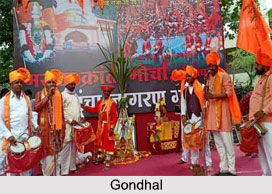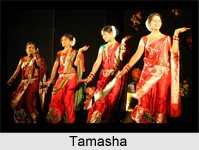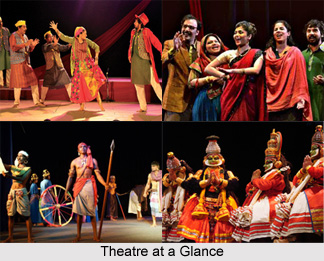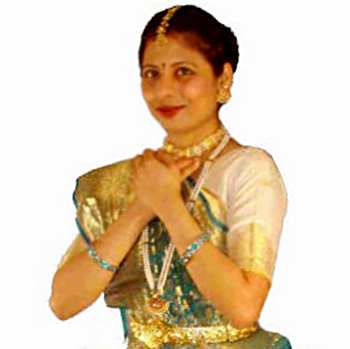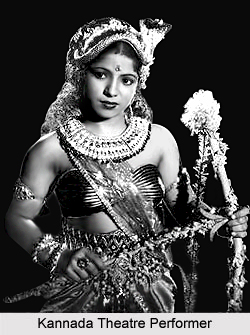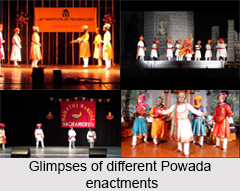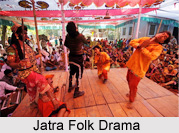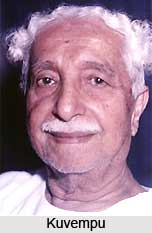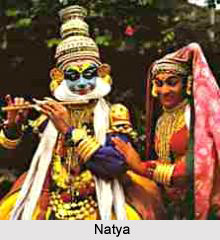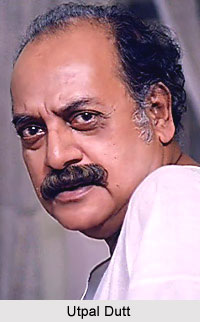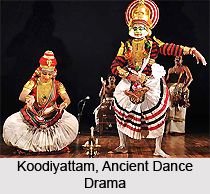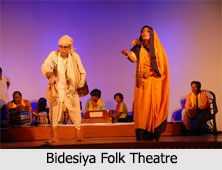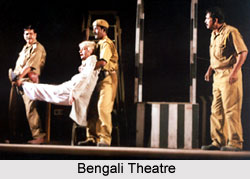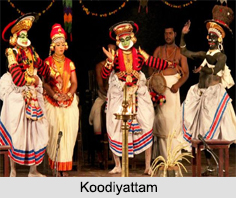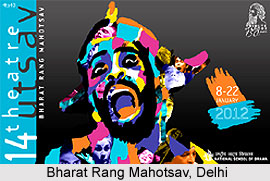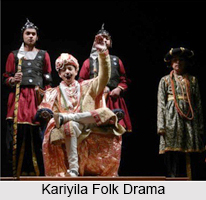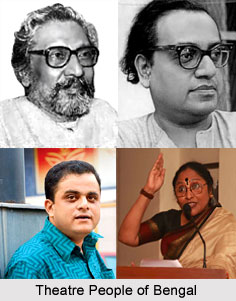The literal meaning of Sanga is `impersonation`. This Sindhi folk form deals with the actors i.e. Sangi. The actors presented in the guise of Hindu mythological characters. Sanga used to be performed during the religious festivals of Dussehra, Janmashtami, and Holi. During Dussehra and Janmashtami, the Sangis impersonated Rama, Sita, Hanuman, Krishna, Kamsa, and others, gathering at one place to enact, but not necessarily adhere to, episodes from the Ramayana and Bhagavata Purana.
During Holi, they wore the get-up and make-up of eerie characters who formed part of a procession followed by shernai players and drum beaters. In village streets, they performed absurd stories with unconnected scenes composed by them, often not in decent language. After the Partition in 1947, when Sindhi Hindus migrated to India, Sanga lost its lustre and is no more in vogue.
This article is a stub. You can enrich by adding more information to it. Send your Write Up to content@indianetzone.com
